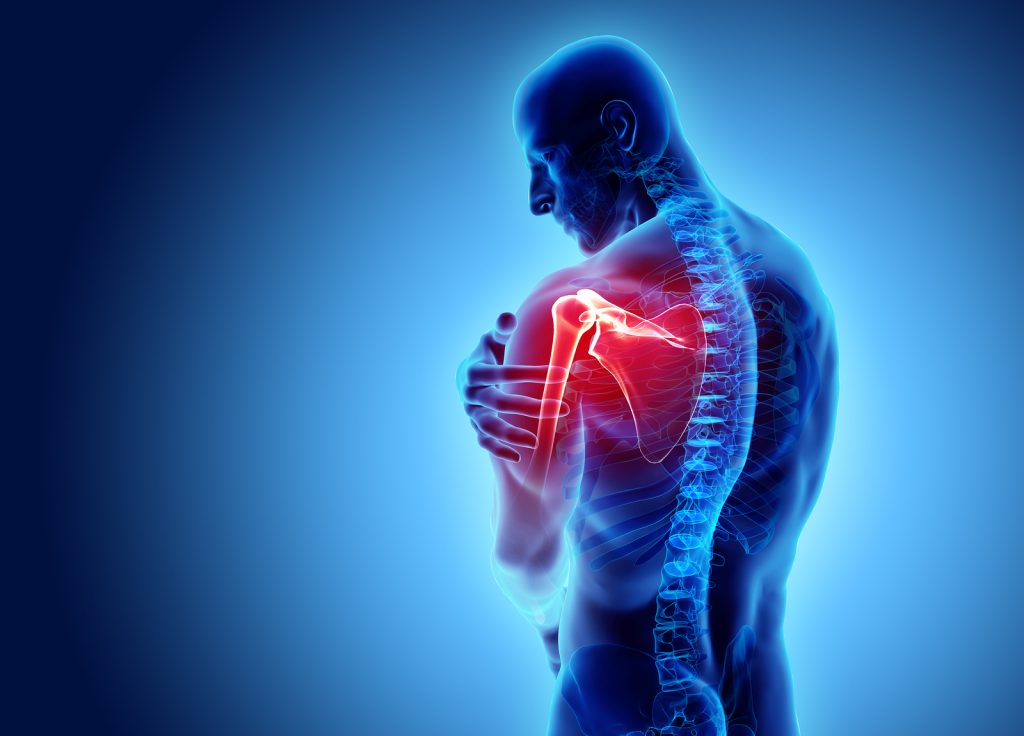Most people are aware that you can suffer an injury called “whiplash” if you are in a car crash. The injury is more accurately described as an aceleration – deceleration injury. But until recently it wasn’t clear what the mechanism of injury was that actually caused these types of neck injuries.
Researchers from Yale University have studied how the ligaments in the neck can be injured in a car collision. Previous studies have shown that the anterior longitudinal ligaments, the lateral ligaments, and the facet capsules in the neck can be damaged, even in so-called “minor” collisions.
The scientific consensus is this: during a crash car, the vertebrae of the spine move so quickly that the ligaments that hold the spine in alignment is dislocated.
The Yale researchers studied four different characteristics of ligaments: a lack of power, lengthening, energy absorbed, and stiffness.
The researchers found that whiplash ligaments were significantly lower when compared with control samples:
“The present study determined the dynamic failure properties of whiplash-exposed human cervical spine ligaments and compared the results with previously reported control data. Significant decreases in ligament strength were observed following whiplash, supporting the ligament-injury hypothesis of whiplash syndrome. Clinical studies, which have documented pain relief in whiplash patients following nerve block and radiofrequency ablation of facet joint afferents provide support for the present results which indicate whiplash loading causes decreased ligament strength.”
The study determined the sequence of events that may occur after injury to ligaments, which can cause chronic pain and disability as a result of a collision:
- Violent stretching of the ligaments causes damage subfailure ligaments and nerve receptors in the ligaments.
- Weakness of the ligaments can lead to changes in joint mobility and sample loading, compressing the joint tissues.
- Compression can cause inflammation, pain and accelerate the degeneration of the tissue in the joints, causing oesteoarthritis of the neck.
This is the first study to show that the individual ligaments of the spine are weakened after an acceleration – deceleration injury (whiplash).
Tominaga Y, Ndu AB, Coe MP, et al. Neck ligament strength is decreased following whiplash trauma. BMC Musculoskeletal Disorders 2006;7:103.
Here is some helpful information about How to Find the Best Trial Lawyer for Your Case.











